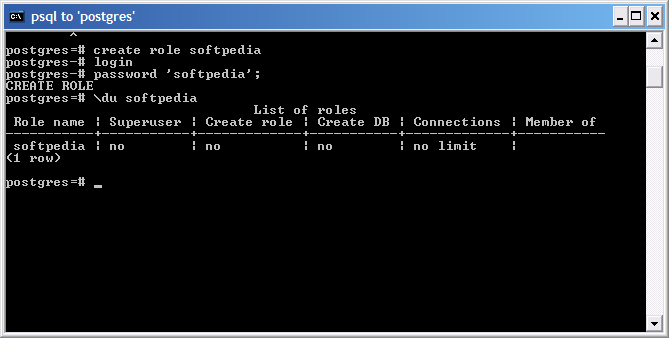
The third and final step is to update the django_project/settings.py file to use PostgreSQL and not SQLite. : /code ports: - 8000:8000 depends_on: - db db: image: postgres:13 volumes: - postgres_data: /var /lib /postgresql /data/ environment: - "POSTGRES_HOST_AUTH_METHOD=trust" volumes: postgres_data: DATABASES command: python /code /manage.py runserver 0.0.0.0:8000 volumes:. Here is what the updated file looks like: version: "3.9" services: web: build. For large databases with many database users it is recommended to be more explicit with permissions, but this setting is a good choice when there is just one developer. The final step is to add a trust authentication to the environment for the db. This would obviously be a problem for our database! The solution is to create a volumes mount called postgres_data and then bind it to a dedicated directory within the container at the location /var/lib/postgresql/data/. Docker containers are ephemeral meaning when the container stops running all information is lost. As of this writing, Heroku supports version 13 as the latest release so that is what we will use. Within the db service we specify which version of PostgreSQL to use.

The web service depends on the db service to run so we'll add a line called depends_on to web signifying this. This means there will be two separate containers running within our Docker host: web for the Django local server and db for our PostgreSQL database. In the existing docker-compose.yml file add a new service called db. psycopg2-binaryĪt the end of our PostgreSQL configuration changes we will build the new image and spin up our containers. In your text editor open the existing requirements.txt file and add psycopg2-binary to the bottom. And if we ever did we can just update it based on requirements.txt anyway. We don't need to update the actual virtual environment further because it is unlikely we'll be using it.

But since we are committed to Docker we can skip that step and instead just update requirements.txt with the psycopg2-binary package. If we were going to use the local environment this might make sense. The first is to install psycopg2-binary locally and then pip freeze our virtual environment to update requirements.txt. In a traditional project we’d run the command python -m pip install psycopg2-binary from the command line to install Pyscopg2. It’s important to pause right now and think about what it means to install a package into Docker as opposed to a local virtual environment. If you followed the previous tutorial, enter the virtual environment and continue from there. Django ships with built-in SQLite support but even for local development you are better off using a “real” database like PostgreSQL that matches what is in production.

In this tutorial we will add PostgreSQL to an existing project we created here.


 0 kommentar(er)
0 kommentar(er)
